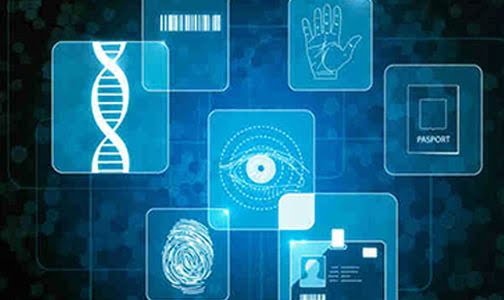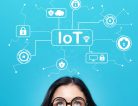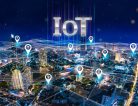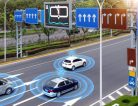In the age of digital transformation, understanding how Biometrics delivers to its end-users is as important as what it delivers. Despite employing a myriad of digital technologies to help replace manual processes with automation hoping to achieve operational excellence, many organizations lack a focus on elevating customer experience in their digital transformation strategies. This is one of the key reasons for more than two-third of all digital transformation initiatives failing according to a recent McKinsey research study.
 In this article, we will discuss how advanced recognition biometrics technologies can enable successful customer experience transformation for your organization.
In this article, we will discuss how advanced recognition biometrics technologies can enable successful customer experience transformation for your organization.
Before embarking on a digital transformation journey with the goal of elevating customer experience, organizations must understand how technology ties to the intended performance outcomes. Specifically, the following three components of customer experience transformation should be considered:
1. A shared vision for a customer-centric strategy: When the top-management is convinced about investing in technology capabilities with the goal of elevating customer experience, this direction of strategy channels across the organization. As a result, every decision in implementing digital transformation is inspired by the real-life challenges and preferences facing end-users. For example, an effective recognition biometrics strategy is not limited to managing site security and payments, but also eliminating queues and service delays, guiding customers to the right products and shopping zones; and reducing dependence on the limited staff available on site. It’s important to first identify the real needs and preferences of end-users on their customer experience journey.
2. Redesigning Customer Journey: A customer-centric transformation requires organizations to identify the most impactful moments in the customer journey from a customer perspective. With this information, it’s important to design end-to-end digital and live journeys based on real-time customer information and needs. Technologies such as recognition biometrics can capture real-time interactions, build a personalized contextual profile for every customer and leverage advanced analytics technologies to yield insights that are valuable for both the business stakeholders and the end-users engaged in the customer journey.
3. Infrastructure for real-time feedback loop: Create a bottom-up adoption effect to channel live feedback from customers to employees and key decision makers. This is done by developing a data infrastructure to capture and retain data and using advanced AI technologies to capture insights proactively.
Let’s look at a real-life use case of advanced recognition biometrics elevating customer experience. Consider the customer journey at airports designed to maximize security and address workforce limitations, often at the expense of passenger convenience in the form of long queues, waiting time, flight delays and service mismanagement.
Integrating advanced facial recognition biometrics and AI technologies can help transform passenger experience at airports in the following ways:
Passenger Processing: Facial identification to verify check-in. Matching baggage tags with passenger biometrics.
Border Controls: Verify passport and documentation with a biometric immigration clearance mechanism.
Frictionless Boarding and Gate Management: Verify customer identities and maintain flight manifests with reliable biometrics data. Facial screening ensures accurate pre-flight checks.
Contactless Self-Service: Facial recognition reduces the exposure to contagious health risks such as the COVID-19 virus. The additional screening required to mitigate the propagation of virus takes several hours when performed manually.
Multimodal Biometrics: Extend facial biometric identifier for passenger activities beyond security and ID verification for boarding. Work with local, state and third-party stakeholders to extend the identification services for personalized lounge services, transportation and hospitality services.
Queue Management: Create passenger profiles containing contextual information about flight plans to manage queues and personalized shopping experiences at the airport and the lounge. Push notifications for intelligent announcements relevant to appropriate passenger groups on their handheld devices.
Data and Video Analytics: Monitor and analyze baggage claim process in live video streams.
These are some of the key avenues that can be exploited to achieve operational excellence while elevating customer experience through shorter queues, accurate passenger management and tailored services. At the same time, the biometrics information also strengthens public safety and security at the airports. Similar technology use cases can be employed at public and commercial sites handling a large number of customers on-site with a variety of products and services. Speak to Charles if you are looking for your next “A Player” in this industry







